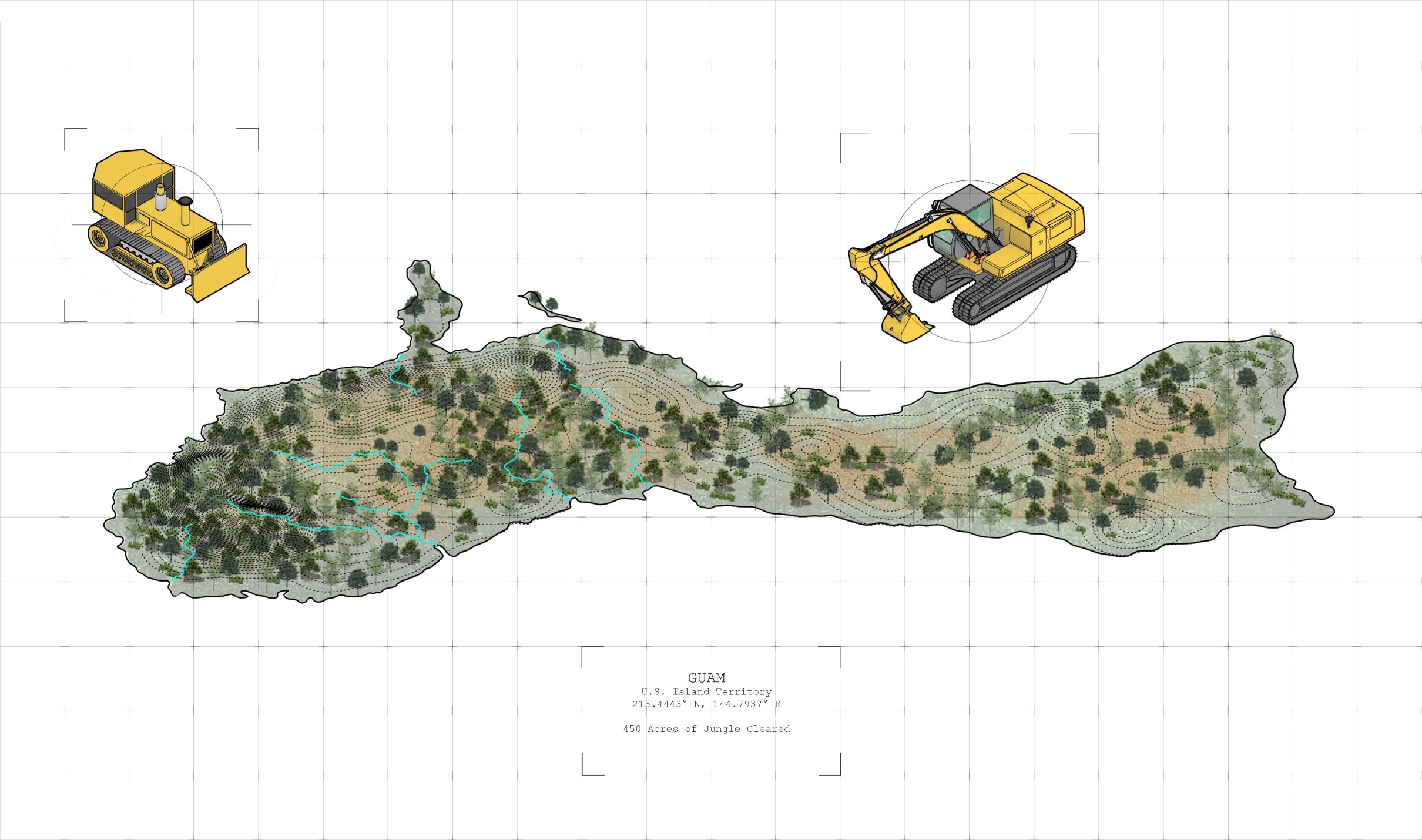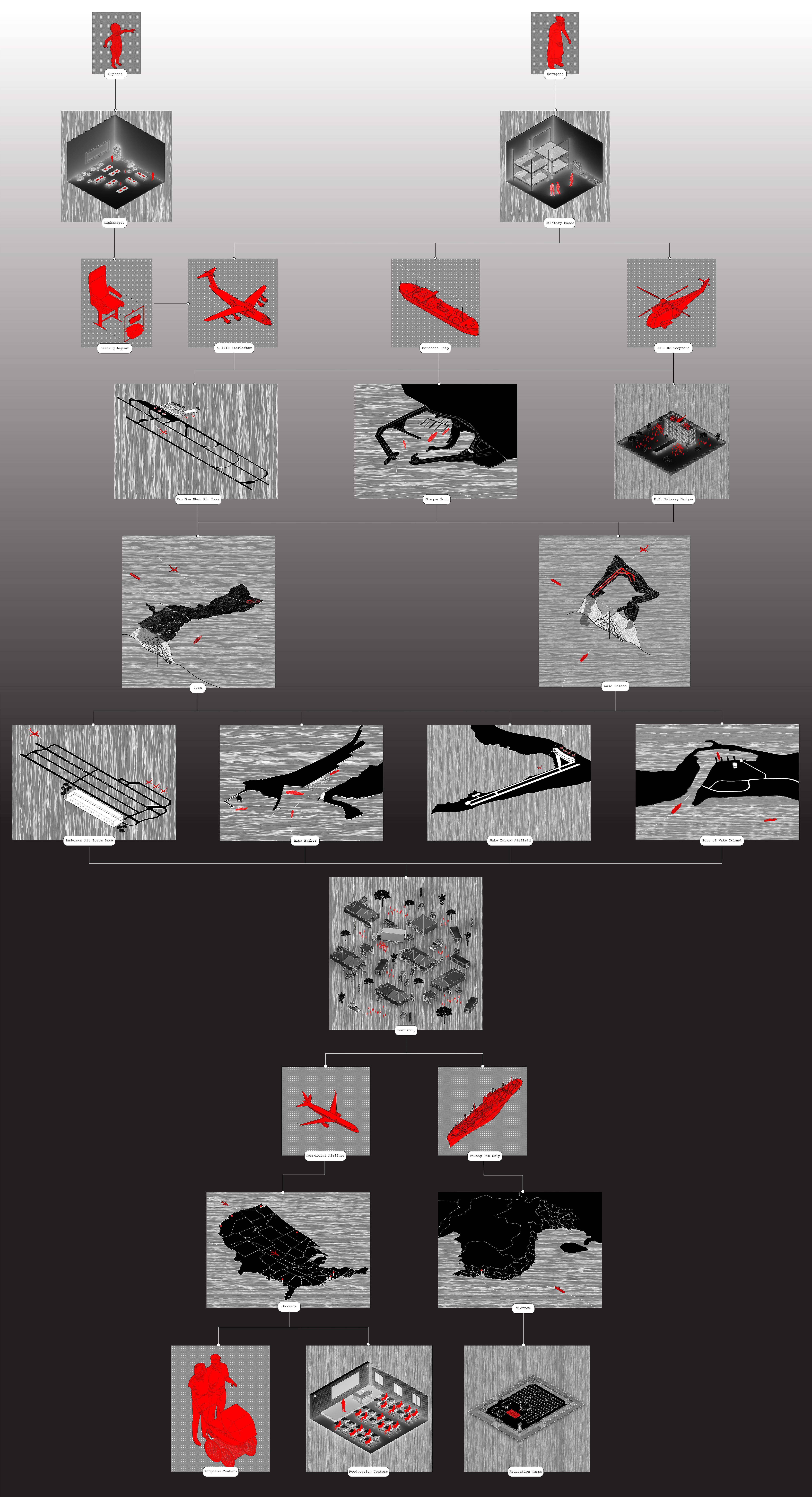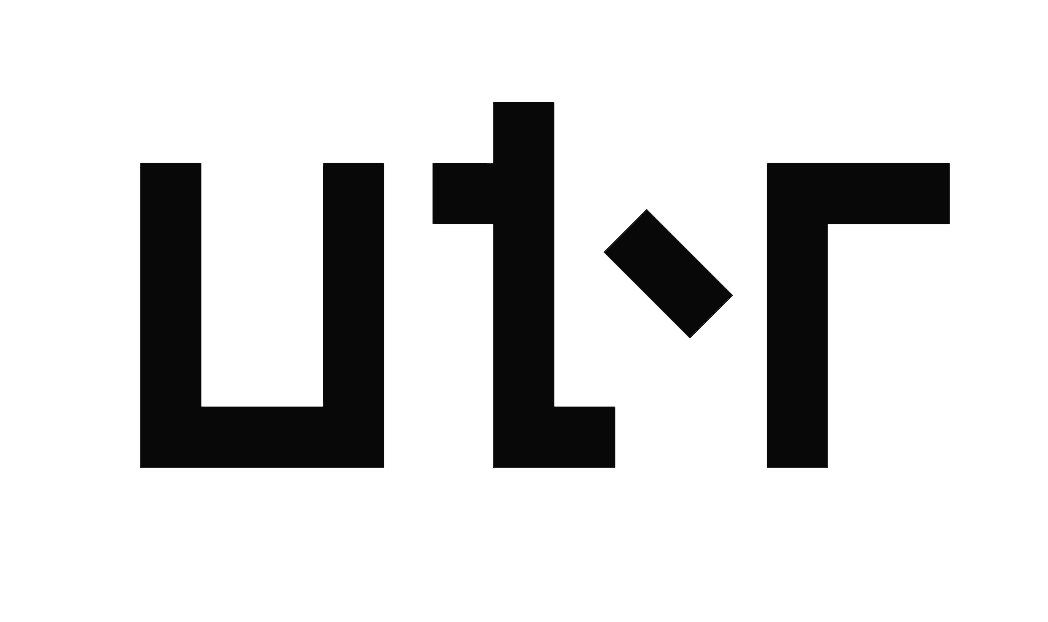Extractions
At the end of the Vietnam War in 1975, the United States army carried out a series of evacuations named Operation New Life and Operation Babylift. This involved evacuating over one hundred thousand Vietnamese refugees from Saigon and transporting them to Guam for “processing” before granting them access to American soil. Operation Babylift was the name given to the mass evacuation of orphaned children ordered by President Gerald R. Ford before the fall of Saigon. The C5M Galaxy and C 141B Starlifter which were bith cargo planes that once carried ammunition now carried thousands of orphaned babies. Some children were even strapped into repurposed ammunition containers using gun straps. After the completion of the operation, the children were adopted by families across the globe. Some of the Vietnamese children who were adopted by American families went back to visit their homelands in search of their cultural heritage and traditions. However, many of these children who are adults now are still unsure of their origins. Organizations such as Amerasians Without Borders are helping reunite families through DNA testing.
Winner of the William Kinne Fellows Prize 2020




First, more than 450 acres of the jungle had to be cleared out to make the space more habitable. They began by building traditional Asian huts but had to resort to deploying newly produced military squad tents due to the time constraint and lack of supplies. Electrical systems were installed, water mains were constructed and hospital facilities were erected all in the span of weeks. Tent city, as it was called, had a population of fifty thousand residents at a time with about thirteen thousand people arriving in just one day. Over two thousand six hundred infants and children were also sheltered there. The residents stayed for a period of three to four weeks before being resettled in the United States. Those that needed medical attention stayed for longer and were attended to. By November of 1975, eight months after the operations were carried out most of the refugees had been relocated to America to start a new life or were returned to Vietnam to face the reeducation camps.



In more recent times, Guam was used once again as a refugee hub after America’s conflict in the Middle East. In 1996, over two thousand Kurdish refugees were flown into Guam’s Anderson Air Force Base fleeing the retribution of Iraqi president Saddam Hussein. Most of these refugees stayed for a period of two to three months as they waited for their immigration visa status to be approved before finding sanctuary in the United States. In 2021, images of people handing over babies to Marines when America pulled out of Kabul, Afghanistan evoked similar reactions as history continues to repeat itself.




These operations were carried out with military efficiency as bodies were processed, contained and transferred. Guam’s unique geopolitical position made it possible for the United States to use it as an outpost for the screening of refugees. Islands have long functioned as grounds for national projects of migration control and exclusion through enforcement and detention in remote areas. Jurisdiction and lack of autonomy in such locations make it easy to control those who are seeking legal status and asylum. Thus, Guam and other Pacific Islands were not only considered tactically ‘suitable’ by the military for refugee detention but were also legally accessible to the military for this use because of the islands’ preexisting incorporation into US colonial geography (Davis, 2011). Although processes of colonial and neocolonial control do not happen solely on islands, islands figure centrally in government efforts to control territory and human mobility (e.g., Bastos, 2008; Burnett, 2005; Kaplan, 2005; Lipman, 2012; Vine, 2009).

© UT-R studio
